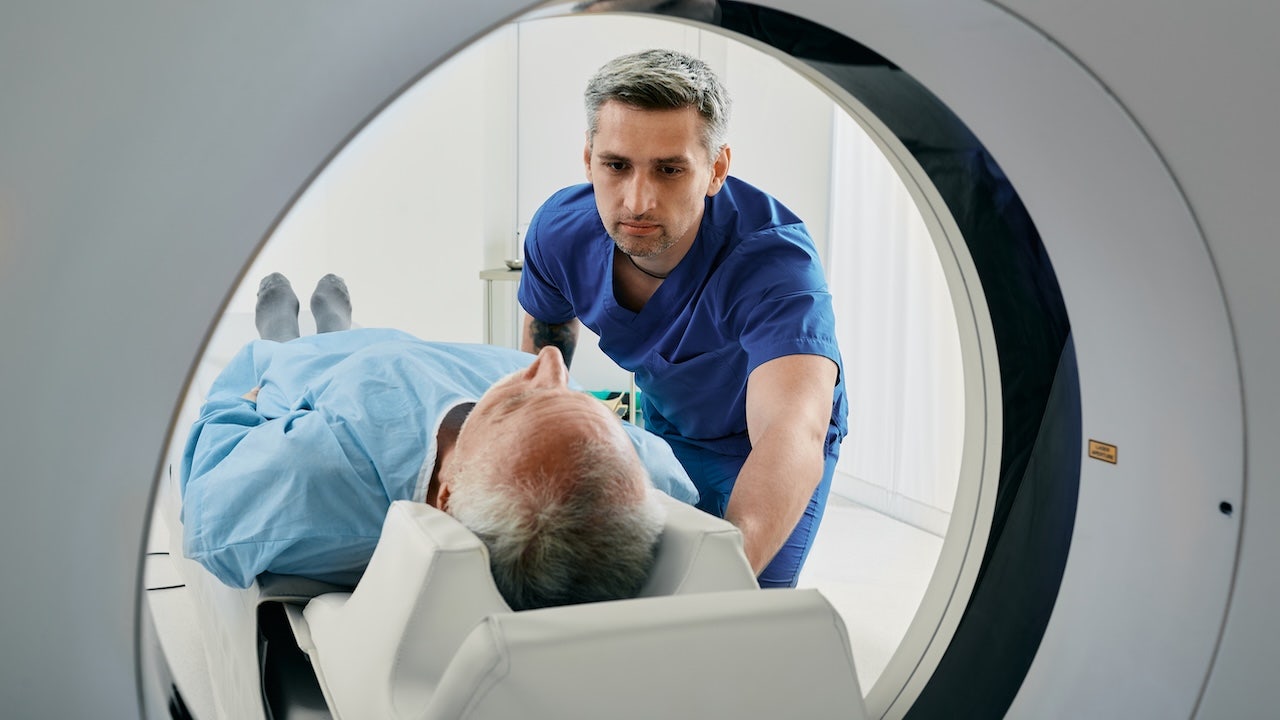Researchers have uncovered an unexpected side effect associated with GLP-1 agonists, including popular diabetes and obesity medications such as Ozempic, Wegovy, Mounjaro, and Zepbound. These treatments, widely used for their benefits in managing weight and diabetes, might interfere with medical imaging techniques, particularly PET and CT scans.
CT scans provide detailed internal images that help detect injuries, tumors, and other medical conditions. PET scans, on the other hand, are predominantly utilized for examining organ and tissue function, assessing cancer activity, and monitoring treatment responses.
A recent case review was presented at the 38th Annual Congress of the European Association of Nuclear Medicine held in Barcelona, Spain. In this study, researchers analyzed imaging results from cancer patients undergoing treatment with GLP-1 medications. They discovered some unexpected results that could easily be misinterpreted as indicative of disease.
Dr. Peter Strouhal, the lead author and medical director at Alliance Medical Ltd. in the U.K., noted, “We noticed an unusual uptake in one of our patients on a GLP-1 agonist, which prompted a wider review across our network. We found that these altered patterns are increasingly common, yet there is currently no national or international guidance in the U.K. addressing this emerging issue. It’s something we’ll keep an eye on in our industry, but more information is needed.”
Misinterpreted scan results could lead to unnecessary tests, incorrect cancer diagnoses, and treatment delays. This can understandably induce significant stress and anxiety for patients awaiting clarity on their health status. Dr. Strouhal emphasized the importance of understanding how GLP-1 medications influence imaging, stating, “Knowing how GLP-1 medications can affect scan images helps doctors avoid confusion and unnecessary procedures, so patients get the right care quickly and confidently.”
Despite these findings, the researchers do not advise patients to discontinue their GLP-1 medications before undergoing imaging. However, they stress that medical imaging teams should be aware of any medications their patients may be taking when interpreting scan results.
Looking to the future, the research team aims to compile more data from imaging centers worldwide to further substantiate their findings.
Dr. Sue Decotiis, a medical weight loss specialist based in New York City, cautioned that the results of the study are still in the preliminary stages. “They just noticed an increase, but it didn’t mention which organs or specific body parts,” she explained, emphasizing the need for more comprehensive data to discern the significance of these findings. She stated, “It will be important to see more data from many more patients to understand exactly what they saw. It’s something we’ll keep an eye on in our industry, but more information is needed.”
Adam Wolfberg, M.D., chief medical officer at Virta Health in Massachusetts, echoed concerns regarding the implications of the study. He pointed out that GLP-1 medications alter how glucose is metabolized, which could affect the tracer agents used in PET scans that are based on glucose. “Since the tracer agent used in these PET scans contains glucose, uptake of the agent — a metabolic ‘dye’ of sorts — can be impacted,” he noted.
Despite this potential complication, Dr. Wolfberg does not view the findings as a significant concern. He remarked, “PET scans are always interpreted in the context of the whole patient. A skilled oncologist or radiologist would always take into account a patient’s medical history as well as the medications they are taking when reading this type of scan.”
He agreed that further data and more extensive research will be necessary before any substantial changes to medical practice are warranted. Fox News Digital reached out to the researchers and manufacturers of GLP-1 medications for additional comments regarding these findings.
As the understanding of GLP-1 medications continues to evolve, both patients and healthcare providers alike will benefit from clear guidelines and updated information to ensure accurate diagnoses and appropriate treatment pathways.






